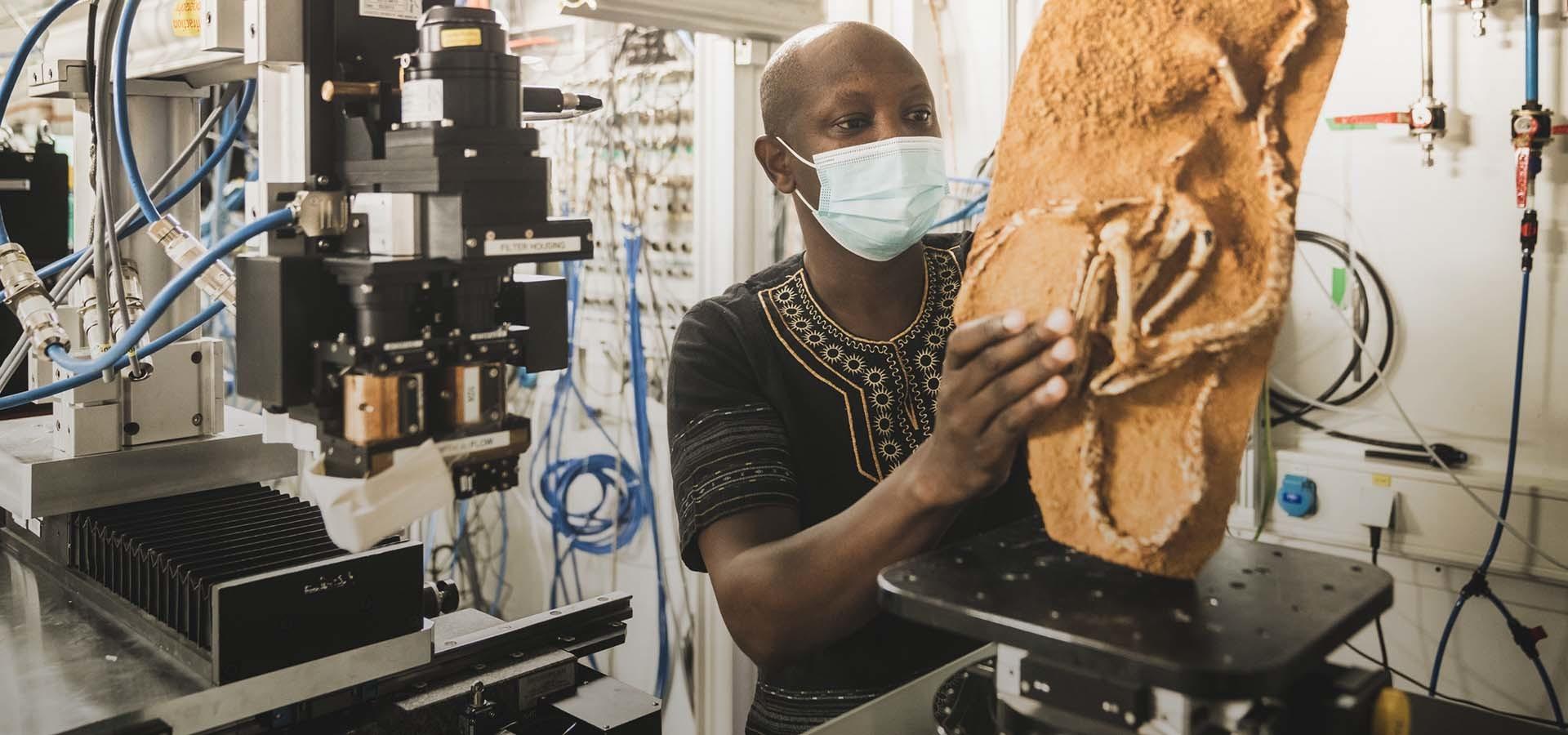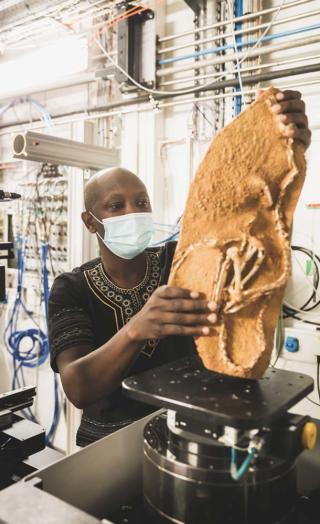I spent the last years of my PhD studies without much sleep because I had to juggle the writing of my thesis with a full-time job as a computed tomography scanning manager in the Evolutionary Studies Institute at the University of the Witwatersrand (South Africa). My day job felt like being in a museum every day, surrounded by unique fossils such as Homo Naledi, “Little Foot” and Massospondylus. My physics background contributed to bring all the data together so that the paleontologists could answer research questions and come up with the story of our past. For my doctoral studies in physics, I used optical spectroscopy techniques to study semiconductors and thin films. I am now on BM05, working on tomography and doing research in materials science.
I first came to the ESRF for a paleontology experiment three years ago, and I thought this would be an extremely interesting research facility to work in: a place where experiments that are impossible elsewhere can take place, with great support from the staff and where new and different ideas come together. Today, after a long and convoluted journey due to Covid19, I am very excited that I am finally a part of the ESRF-EBS adventure.

